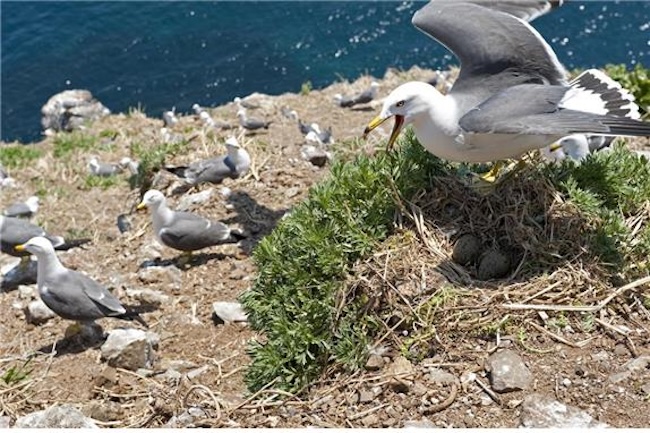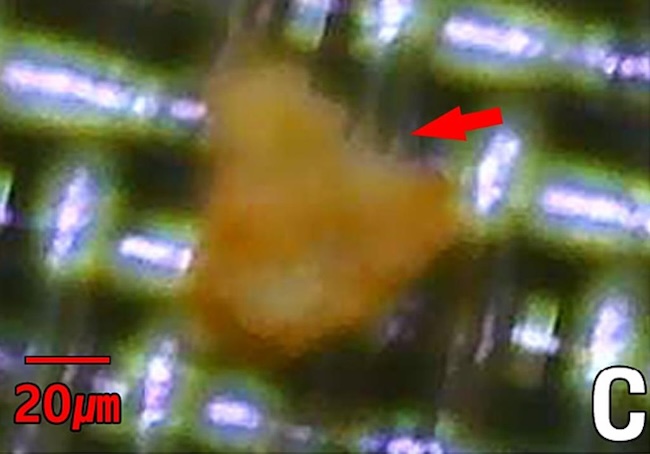
Microplastic contamination has infiltrated the feathers of seagulls residing on the East Sea islands of Dokdo and Ulleungdo. (Image courtesy of National Science Museum)
SEOUL, Dec. 4 (Korea Bizwire) – In a surprising revelation, researchers from Kyung Hee University’s Korean Institute of Ornithology have uncovered a disconcerting truth – microplastic contamination has infiltrated the feathers of seagulls residing on the East Sea islands of Dokdo and Ulleungdo.
Published in the November issue of the international journal Marine Pollution Bulletin, the groundbreaking paper titled “First Report on the Detection of Microplastics from the Feathers of Black-Tailed Gulls in South Korea” discloses the unsettling findings from an exhaustive study involving the capture and analysis of 17 seagulls in regions profoundly influenced by the Kuroshio Current, cited as a ‘conveyor belt for floating plastic’ in an earlier study by Japanese researchers published in the same journal.
Dokdo and Ulleungdo, known for their ecological significance, are now grappling with the encroachment of microplastics, shedding light on the extensive reach of this environmental menace. The Kuroshio Current, notorious for being one of the world’s most polluted marine currents, casts a shadow over these pristine territories, exposing the delicate ecosystems to a threat previously thought to be distant.
The research methodology employed by the scholars was meticulous. Chest feathers were removed from the captured seagulls, treated with hydrogen peroxide to ensure pristine conditions, and subsequently subjected to infrared spectroscopy.

Microplastics by type revealed that polyethylene (PE) and polypropylene (PP) were the most prevalent. (Photo: a screenshot of a paper published in the Journal of the Korean Society of Marine Environment & Safety)
The results were as alarming as they were illuminating – 170g of microplastics, constituting a total of 73 pieces, were identified. This discovery marks the first instance of such contamination in the feathers of Korean seagulls, signifying a critical juncture in our understanding of the ecological impact of microplastics.
Microplastics, defined as plastic particles measuring less than 5mm, have insidiously found their way into the feathers of these seabirds. Notably, the microplastics accounted for 2 percent of the seagulls’ average body weight, indicating a substantial intrusion into their biological systems.
Categorizing the microplastics by type revealed that polyethylene (PE) and polypropylene (PP) were the most prevalent, with 26 and 21 pieces, respectively. Their buoyancy and low density make them particularly prone to adhering to seabird feathers, creating a concerning ecological conundrum.
While the immediate impact on the seagulls’ health remains under scrutiny, the researchers expressed concern about potential long-term effects. The absorbed microplastics may compromise the birds’ digestive systems and pose a threat to their overall well-being. Additionally, the absorption of microplastics by the feathers’ oil membrane could impair waterproofing and insulation, affecting the birds’ survival capabilities.
As the scientific community grapples with these findings, there is a growing call for further ecological toxicology studies to understand the potential cascading effects of microplastic contamination on the delicate balance of marine ecosystems.
Ashley Song (ashley@koreabizwire.com)






